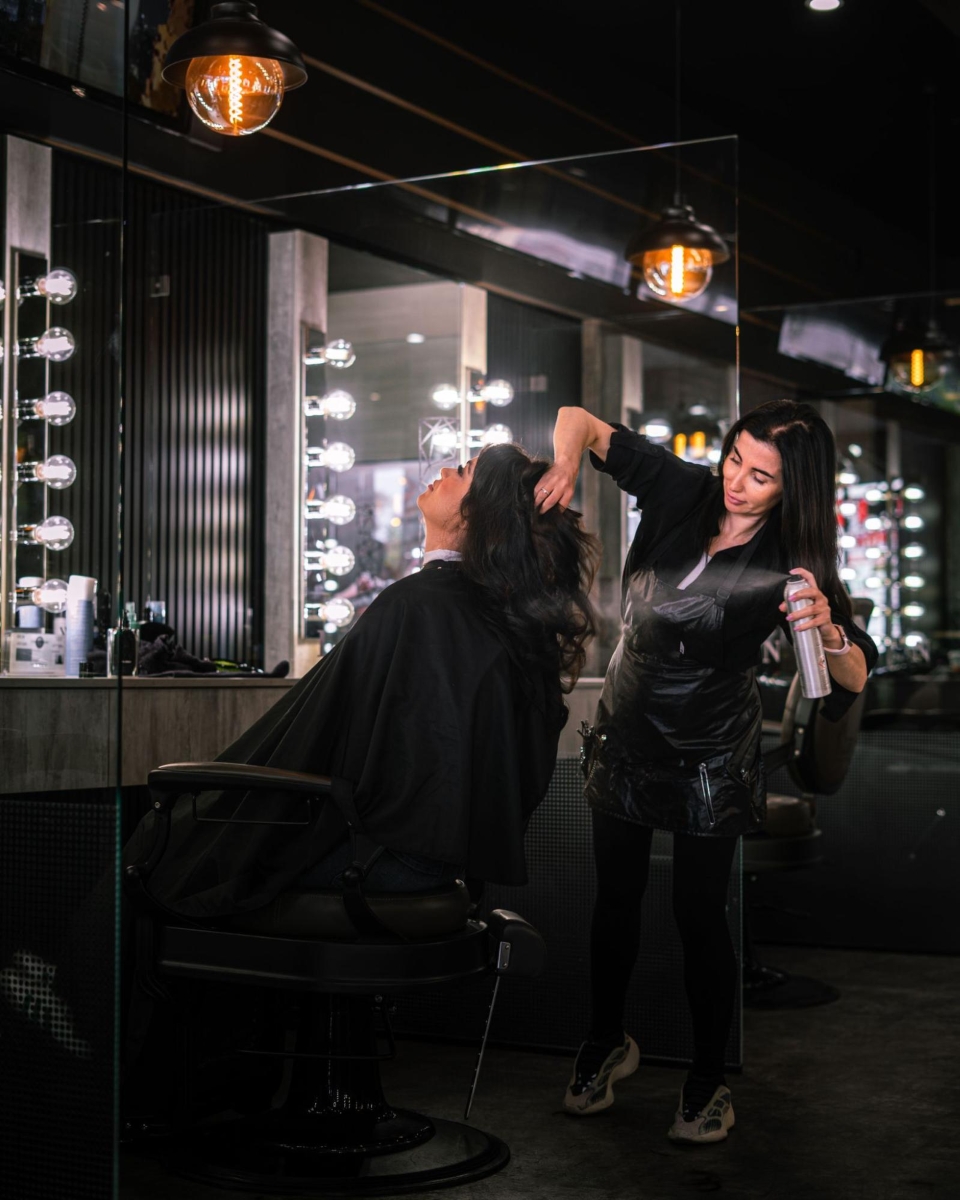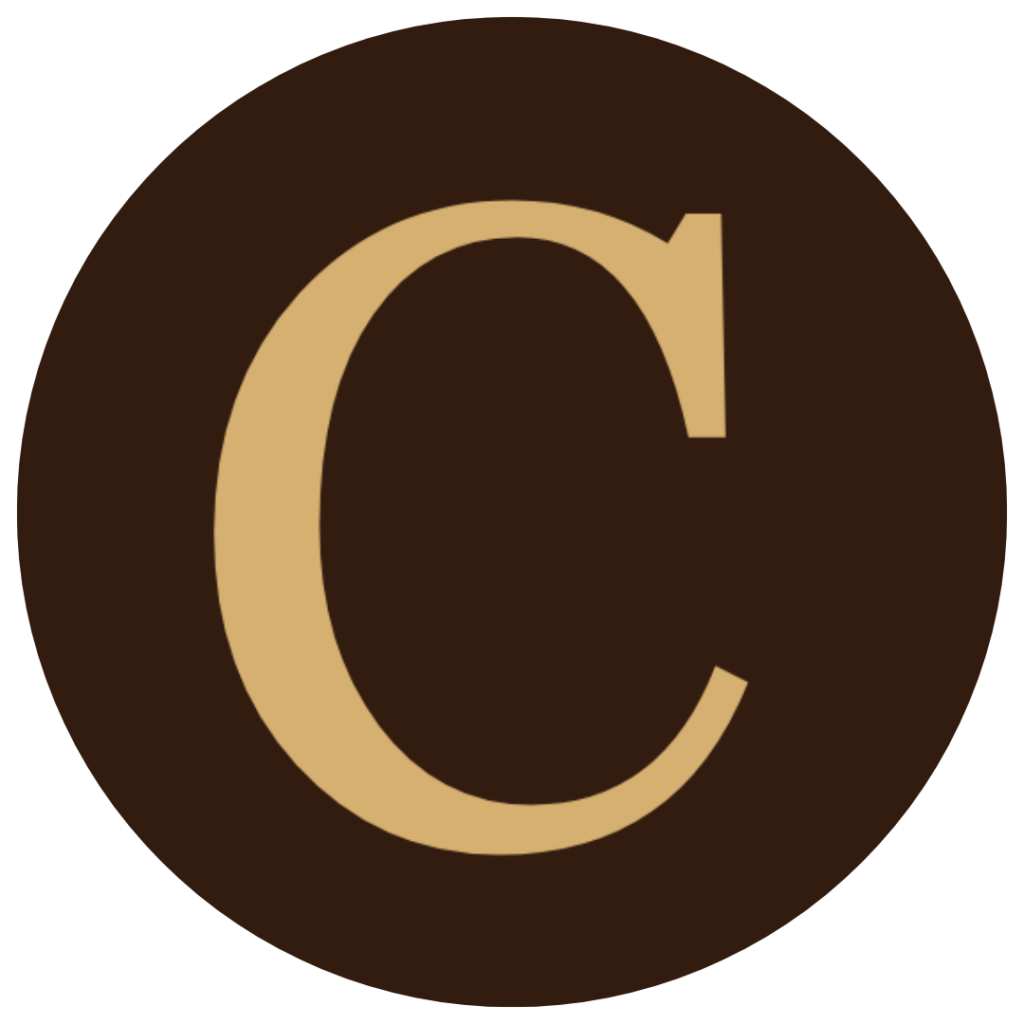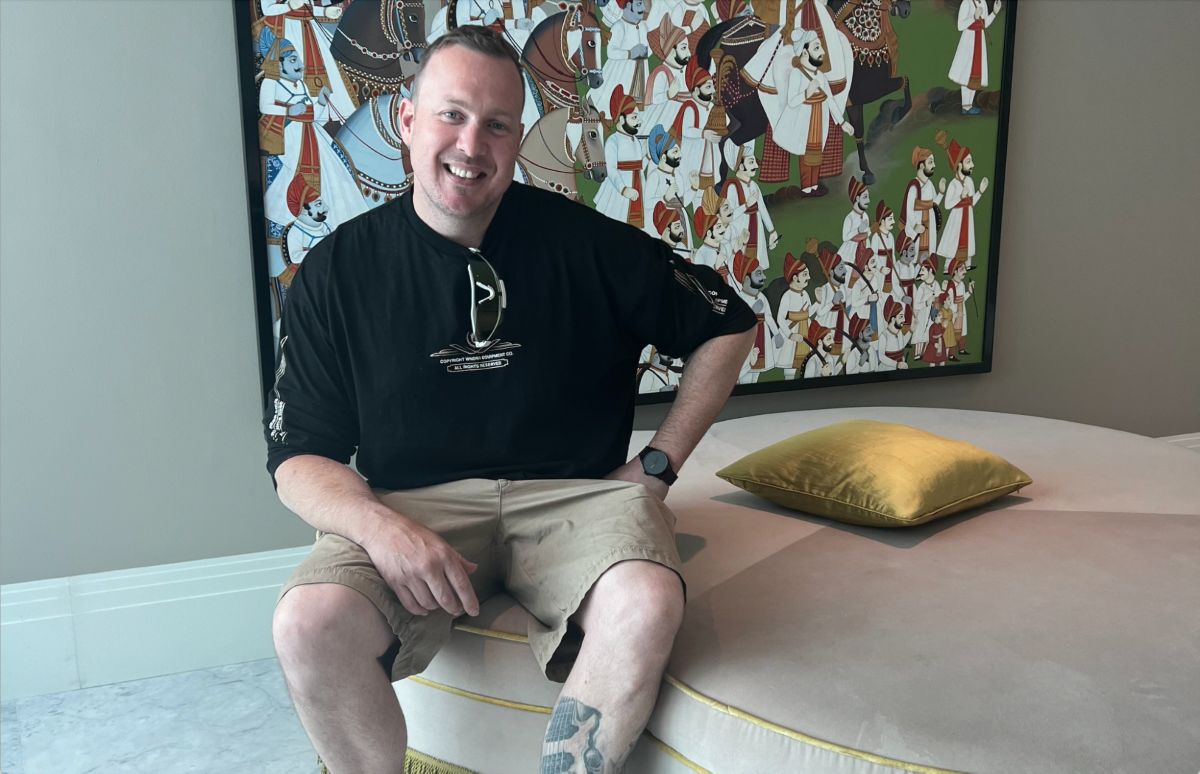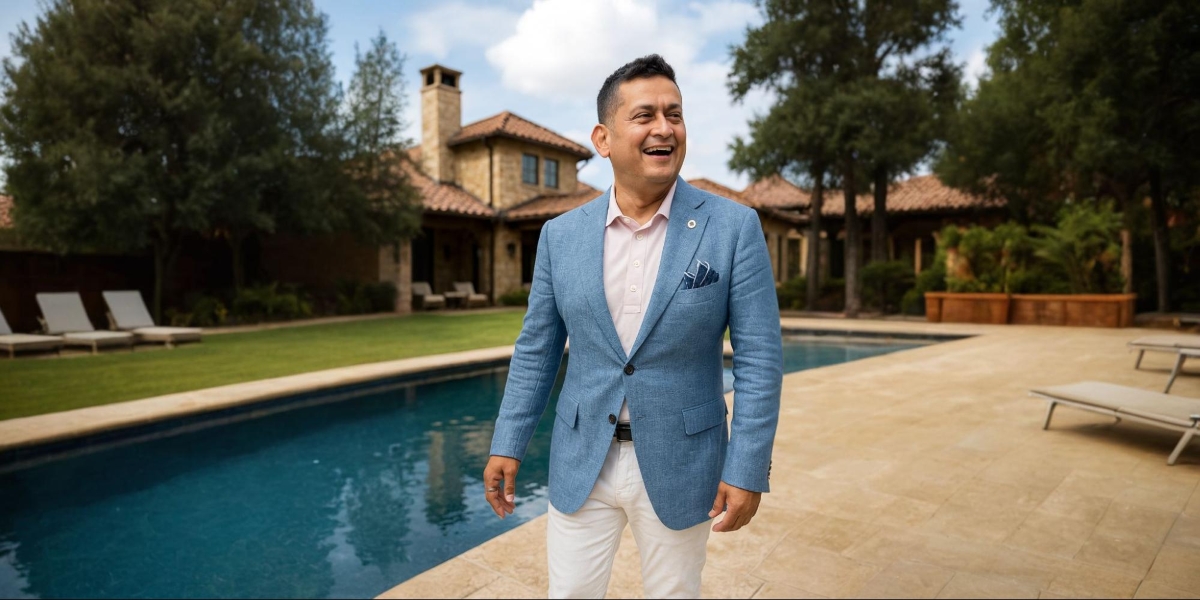By: Mari Borovenskaya
While the U.S. beauty industry is captivated by “instant‑result” technology and clipper‑based aesthetics, Ukrainian hairdresser‑stylist Elmira Idrisova persistently reminds the market of the strength of classic shears and deliberate service. Her formula is manual precision multiplied by business logic: instead of a discount race, the salon builds long‑term margins, and the client returns for the quality of a true cut.
From National Championships to Global Industry Influence
Wide recognition came in 2006 when Idrisova won the Grand Prix at the All‑Ukrainian Charivna Zachiska championship. In June 2008 she took gold at the Ukrainian stage of the Wella Trend Vision Award in Kyiv, and in 2009 she joined the international jury for the competition’s final in Berlin—her first step toward worldwide expert status.
Striving to strengthen her craft, the stylist completed intensive courses at Moscow’s Dolores Academy in 2009. Having mastered complex coloring schemes, she developed a men’s haircut method called “Working with Shadows: only scissors, no clippers.” In 2010 the Dolores Academy invited her to judge Grace of the Lock, and five years later—Estet Beauty Expo in Kyiv—finally securing her reputation as a mentor able to unite creativity with market demand.
Twenty‑four years of comparing competition podiums with real‑world salon needs showed her that beginner stylists critically lack applied skills and an understanding of economics. To close this gap, Idrisova launched ManeArt Academy in 2024—an online school adapted to U.S. licensing requirements and a range of salon budgets from the Bay Area to the Midwest.

The Market’s Problem—and the Solution
The curriculum is built around four interlocking blocks. In the first, students dive into haircut geometry, learning to “read” the head as a three‑dimensional grid and to construct first basic and then combined shapes. The second block is devoted to diagnostics: future mastery starts with choosing the cutting angle for hair density, porosity, and growth direction, and with correctly assessing scalp condition. The third segment focuses on client service—from precise consultation scripts to managing expectations and handling complaints so loyalty forms from the first visit. The cycle concludes with salon economics: students calculate the cost of an hour behind the chair, learn to manage color stock, and understand how to increase lifetime client value without pushy sales. Each lesson includes a checklist, and techniques are reinforced in weekly Zoom reviews; each module ends with a mini‑exam. In the first year, more than 300 stylists from eight states completed the course: half already worked in the industry, and the rest were looking for a quick route into the market without unpaid internships.
“Shadow Cut”—A Clipper‑Free Technique
The heart of the academy is Idrisova’s authorial shadow cut. The stylist changes the scissors’ attack angle, creating soft “shadows” without “steps,” emphasizing natural texture and extending a haircut’s life.
“This level of expertise,” as noted by peers in the industry. Is exactly what moves a stylist into the premium segment.” Idrisova confirms this: “Clients notice the difference immediately—it’s why they keep coming back.”
Graduates raise service prices by at least 15 percent, and clients more readily invest in home care. Because of this philosophy, in‑person master classes are booked months ahead—salon owners see that investing in precise technique pays off faster than any advertising campaign.
The Story of Miriam A. from Chicago
Miriam discovered Idrisova’s webinar while searching for a new career after maternity leave. The “practice right away—feedback right away” format seemed honest and convenient. “I needed a course without stretching the hours: finish a block—get feedback—know exactly what to refine,” she recalls. In three months Miriam completed all modules, practiced the control cuts, and rented a chair in an aesthetic‑medicine clinic.
Over six weeks she served 72 clients, 38 of whom returned. By the third month, visit volume exceeded 200, the average ticket grew by 30 percent, and the team expanded with an administrator and two assistants. The story quickly circulated in the academy’s student chat; mentors cite it as proof that solid technique and smart positioning let newcomers enter the market without price dumping. Miriam’s experience inspired colleagues: many students imitate her “clinic + niche service” strategy.

Expanding Influence and Economic Impact
Shadow cut is already listed in the syllabi of several American beauty schools, and salons offer it as a premium upgrade: a classic clipper cut or a scissors shadow cut with an $18–25 surcharge. Owners note higher repeat visits and lower advertising costs: word of mouth does the work for them.
In addition to the online course, Idrisova consults studios on workstation time management, conducts offline master classes, and speaks at industry conferences. Her articles on scissor angles and the payback of service upgrades have appeared in Voice of Crimea, European publications, and America’s US Insider, as well as in the blogs of professional‑cosmetics distributors.
The story of Elmira Idrisova proves that twenty‑four years of practice and judging expertise can turn into an educational platform that changes the market. Shadow cut raises the bar for manual precision, and ManeArt Academy gives stylists the tools for stable income without a discount race. In an age of instant services, the stylist reminds us: the future belongs to those who combine craftsmanship, knowledge, and honest service—on this foundation the new face of American hairdressing is being built.
Published by Jeremy S.









